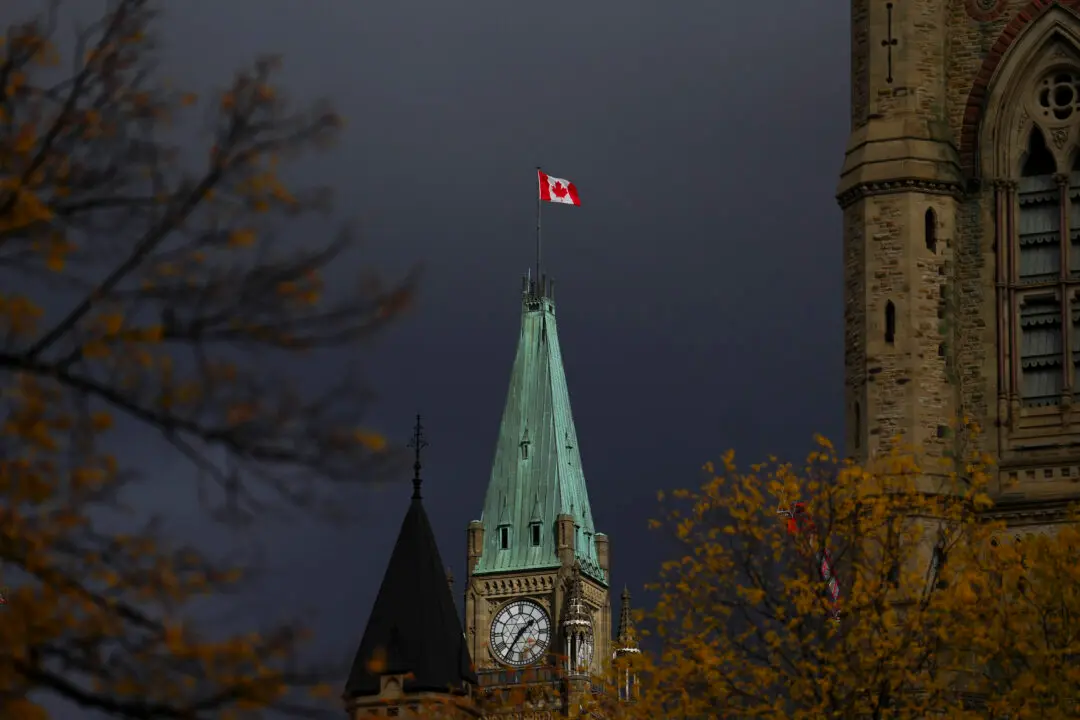Lawyers from advocacy groups and provinces argued in court that Ottawa did not meet the legal threshold for invoking the Emergencies Act in response to the 2022 convoy protests, on the second day of the attorney general’s appeal of a judge’s 2024 decision that came to the same conclusion.
On Jan. 23, 2024, Justice Richard Mosley ruled that by invoking the act in response to the trucker protest against COVID-19 mandates in February 2022, the Liberal government had acted unreasonably and interfered with Canadians’ Charter rights. Mosley said that Charter rights outlined in Section 2(b), which deals with freedom of thought, belief, opinion, and expression, and Section 8, which deals with the right to be secured from unreasonable seizure, had been violated.





